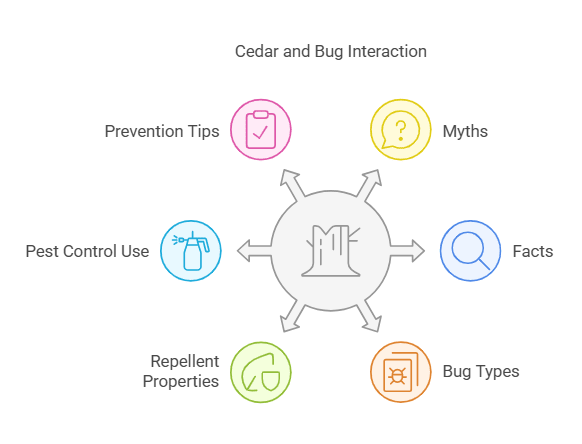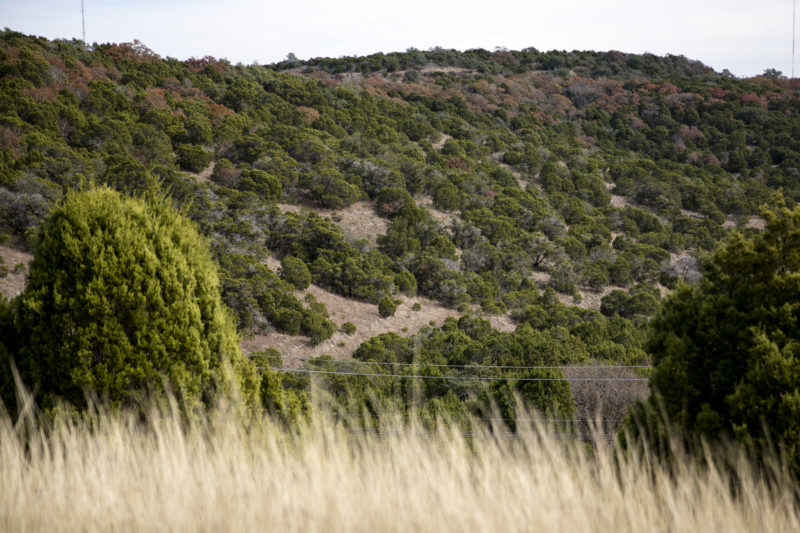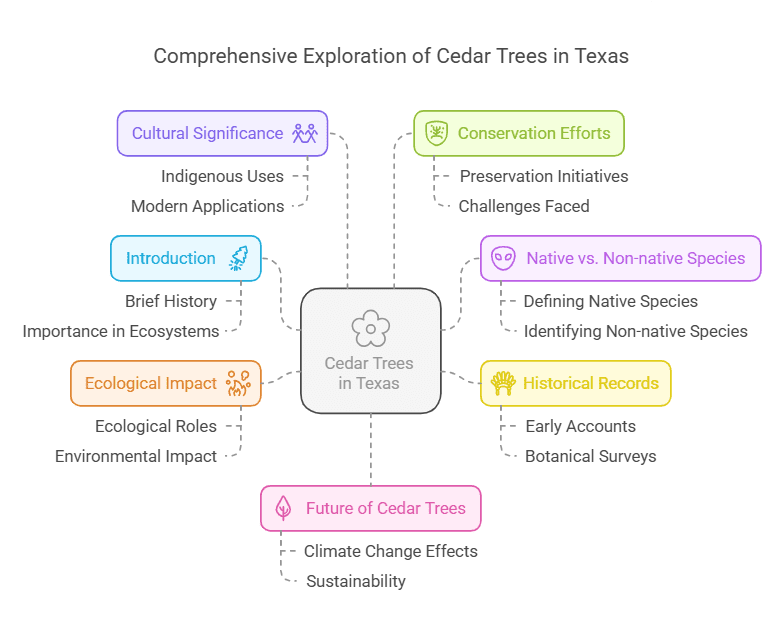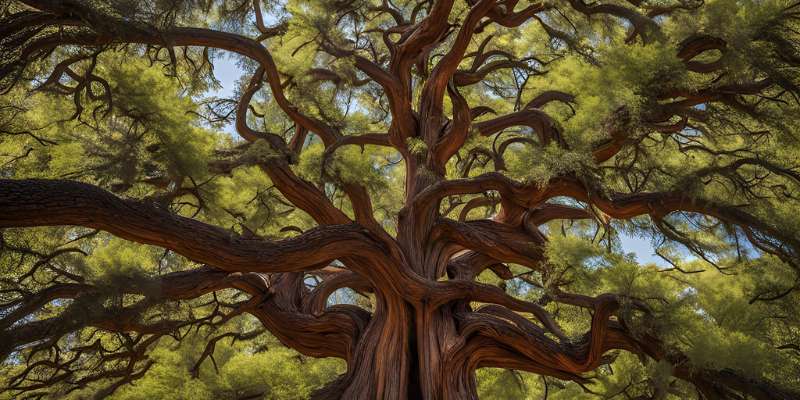Yes, cedar trees are native to Texas. Specifically, the Ashe juniper, often called “cedar,” thrives in the state.
Texas is home to the Ashe juniper, a tree many people call cedar. This tree has a significant presence in the Texas Hill Country. Understanding its native status helps in recognizing its role in the local ecosystem. Cedars provide habitat for wildlife and contribute to soil health.
Yet, they also pose challenges, such as allergen issues and land management concerns. Knowing more about these trees can help in making informed decisions about land use and conservation. Join us as we explore the history, benefits, and challenges of cedar trees in Texas.
Introduction To Cedar Trees
Cedar trees grow naturally in Texas. These hardy trees thrive in the state’s diverse climate. Their presence shapes many local landscapes.
Brief History
Cedar trees have been around for many years. These trees are known for their strong wood. People have used cedar wood for buildings and furniture. The wood smells nice and keeps bugs away. Early settlers in Texas found these trees very useful. They used cedar wood to build homes and fences. Cedar trees have become a part of Texas history.
Importance In Ecosystems
Cedar trees play a big role in nature. They provide shelter for birds and animals. The trees also help keep the soil in place. This prevents erosion. Cedar trees can survive in dry areas. They help other plants by giving shade. The roots of cedar trees hold water. This helps the land stay green. Cedar trees are very important for a healthy ecosystem.

Credit: 8billiontrees.com
Cedar Trees In Texas
Many types of cedar trees grow in Texas. The most common is the Ashe Juniper. Another name for it is Mountain Cedar. Another type is the Eastern Red Cedar. Both trees are very common. These trees can be found in various parts of Texas.
The Ashe Juniper grows mostly in Central Texas. This area is called the Hill Country. The Eastern Red Cedar is found in East Texas. It can also grow in other parts of the state. Both trees like dry, rocky soil. They need lots of sun to grow well.

Native Vs. Non-native Species
Cedar trees are not native to Texas. They were introduced and have since spread widely. These trees thrive in the Texas climate.
Defining Native Species
Native species have always lived in a place. They grow naturally and adapt to local conditions. These plants and animals are part of the ecosystem. They help keep the balance in nature. Texas has many native species. These include the Live Oak and Bluebonnet.
Identifying Non-native Species
Non-native species come from other places. People or nature bring them in. They can disrupt local ecosystems. Non-native species often compete with native plants. This can cause problems. Some non-native plants in Texas are invasive. They spread quickly and take over. Examples include the Chinese Tallow and Kudzu.

Credit: www.reportingtexas.com
Historical Records
Cedar trees are not native to Texas. They were introduced in the 19th century. Since then, they have spread widely across the state.
Early Accounts
Early explorers wrote about cedar trees in Texas. They found these trees in many areas. Native tribes also knew about these trees. They used cedar for many things. This proves cedar trees were in Texas long ago.
Botanical Surveys
Scientists have studied plants in Texas for many years. They found cedar trees in their surveys. These trees grow naturally in Texas. This means they are native to Texas. Botanists confirm this through their research.
Ecological Impact
Cedar trees can change local biodiversity. They create dense shade, making it hard for other plants to grow. This can lead to fewer types of plants in the area. Animals that rely on different plants might struggle. Some birds and insects do like cedar trees. But overall, there can be less variety in species. This change affects the whole ecosystem. Native plants and animals may decline over time.
Cedar trees absorb a lot of water from the soil. This can dry out the land and lower water tables. Other plants may not get enough water to survive. Soil quality can change too. Cedar trees drop needles that make the soil more acidic. This can harm plants that need neutral or alkaline soil. Over time, the land can become less fertile.

Cultural Significance
Cedar trees hold deep cultural significance in Texas. These native trees have been used for centuries in traditional practices and local crafts. Their presence in the landscape symbolizes resilience and heritage.
Indigenous Uses
Indigenous people valued cedar trees. They used the wood for building homes. Cedar wood was strong and durable. The bark was used for making mats. People also made baskets from the bark. Cedar trees had medicinal uses too. Leaves and bark were used in remedies. These trees held spiritual importance as well. They symbolized strength and protection.
Modern Applications
Today, cedar trees are still important. Their wood is used in furniture making. Cedar wood resists decay and insects. This makes it perfect for outdoor use. People use it for decks and fences. Cedar oil is another product. It repels insects naturally. This oil is used in many products. Cedar trees also help in landscaping. They provide shade and add beauty. Their evergreen leaves keep gardens green all year.
Conservation Efforts
Cedar trees, specifically Ashe juniper, are native to Texas. These trees play an important role in local ecosystems. Conservation efforts aim to protect these native species from overharvesting and habitat loss.
Preservation Initiatives
Cedar trees are important to Texas. Many groups work to protect them. They plant new trees. They educate people about cedar trees. They also create protected areas. These areas keep trees safe. People cannot
there. These efforts help cedar trees survive. They also help other plants and animals.
Challenges Faced
There are many challenges. Wildfires can destroy cedar trees. Climate change is another threat. It can make it hard for trees to grow. Invasive species can also harm cedar trees. These plants take resources. They make it hard for cedar trees to survive. Urban development is a big problem too. More buildings mean fewer trees. It is hard to balance growth and nature.
Future Of Cedar Trees In Texas
Cedar trees, often seen across Texas, are not native but have adapted well to the environment. Their future in Texas depends on managing their spread and impact on local ecosystems. These trees can affect water resources and native plant species.
Climate Change Effects
Climate change is making Texas warmer. This affects the growth of cedar trees. Cedar trees need water to grow. Warmer weather means less water. Less water can harm cedar trees.
Wildfires are also a problem. They can destroy cedar forests. This makes it hard for new trees to grow. Stronger storms can damage trees too. Cedar trees might not survive these changes.
Sustainability
Sustainability helps cedar trees survive. Planting new trees is important. It replaces the old trees that die. Taking care of the land helps too. Protecting water sources is key. Cedar trees need clean water.
Using fewer chemicals is also good. Chemicals can harm the trees and soil. People must work together. This will help cedar trees thrive in Texas.
Frequently Asked Questions
Are Cedar Trees Native To Texas?
Yes, cedar trees are native to Texas. Ashe juniper and Eastern red cedar are common species found here.
What Types Of Cedar Trees Grow In Texas?
Ashe juniper and Eastern red cedar are the primary types growing in Texas. They thrive in various Texas climates.
Where Can You Find Cedar Trees In Texas?
Cedar trees are commonly found in Central Texas. They thrive in the Hill Country region and other areas.
How Do Cedar Trees Impact Texas Ecosystems?
Cedar trees provide habitat for wildlife and prevent soil erosion. However, they can outcompete native grasses and shrubs.
Conclusion
Cedar trees have a special place in Texas. They thrive well here. Texans appreciate their beauty and strength. These trees provide shade and shelter. They also help in soil conservation. Despite some challenges, they remain a vital part of the landscape.
Knowing their history helps us value them more. So, next time you see a cedar, think of its roots. It tells the story of Texas’ natural beauty.

